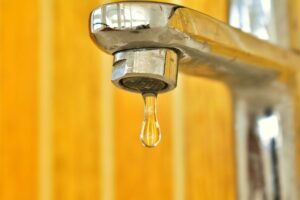In December 2023, the real estate market witnessed a pivotal shift, marking the beginning of the easing housing shortage. For years, potential homeowners grappled with limited options and skyrocketing prices. But now, there’s a ray of hope.

The Easing Housing Shortage
December saw a notable increase in the number of homes available for sale. This rise is not just a statistical blip but a sign of a fundamental change in the market. The easing housing shortage is most pronounced in the South, where housing inventory surged by 7.7%. A Fox Business article notes, “This uptick in available homes indicates a significant shift in the real estate market, providing relief to buyers who have been sidelined by the low inventory and high prices.”
Regional Variations and Challenges Ahead
Different parts of the U.S. are seeing different trends in the housing market. The South is doing well, with more homes available for sale. However, in the Midwest, the increase in available homes is smaller. In the Northeast and West, the situation isn’t as good; there are actually fewer homes for sale than before. This shows that the housing market can vary a lot depending on the region.

Impact of Mortgage Rates
The impact of high mortgage rates is quite significant. These rates make homeowners less inclined to sell their homes. Many of these homeowners got their mortgages when rates were lower, so they prefer to hold onto these more affordable rates. This reluctance to sell adds to the complexity of the housing market, even as it starts to show signs of improvement with more homes available. It’s a factor that influences how quickly the housing shortage can ease.
Looking Forward
As we move into 2024, the key question remains: Will this trend continue, or is it a temporary reprieve? Market analysts remain cautiously optimistic. The easing housing shortage is a step towards a more balanced market, but there’s still a long road ahead to fully address the housing crisis.
Related posts:
 Reduce Your Environmental Footprint: Simple Water Conservation Tips for Your Home
Reduce Your Environmental Footprint: Simple Water Conservation Tips for Your Home
 10 Precautions to Stay Safe During a Home Renovation
10 Precautions to Stay Safe During a Home Renovation
 Surge in US Housing: A Close Look at the November 2023 Boom
Surge in US Housing: A Close Look at the November 2023 Boom
 Seattle Fort Lawton Housing Plan Revision: A New Vision for Affordable Living
Seattle Fort Lawton Housing Plan Revision: A New Vision for Affordable Living
 Canada Bans Foreign Homeownership Until 2027 to Help People Afford Homes
Canada Bans Foreign Homeownership Until 2027 to Help People Afford Homes



